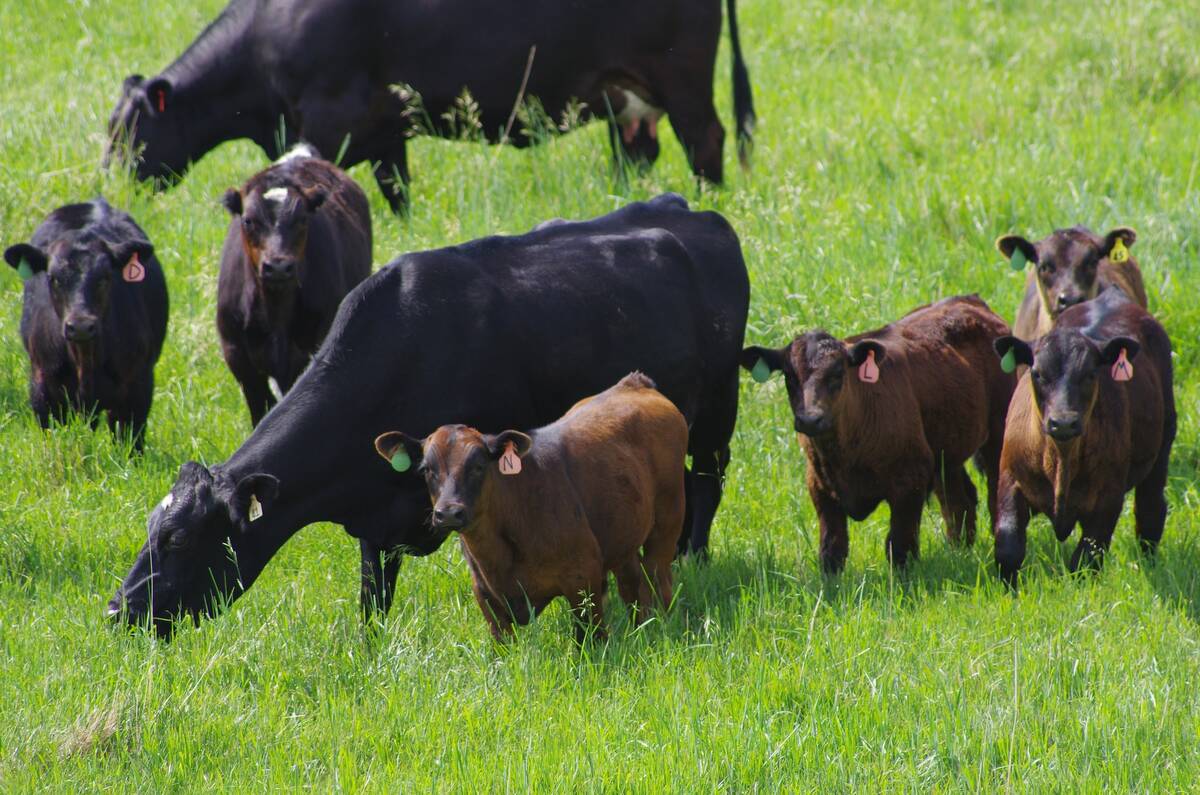One of the simplest systems for treating hog and dairy manure is a filter belt, consisting mainly of a perforated conveyor belt.
It is simple and effective. It separates manure into 20 percent solid material, 30 percent mineral content and 50 percent clean water.
Raw manure is mixed in the collection tank to create a homogenous product. At this point, a polymer is added to help remove phosphorus. To ensure the mixture remains consistent, the collection tank is never allowed to drop below half full.
The manure then transfers to the filter belt press. The solids are sent by conveyor to be piled in a different room. The liquid drains and transfers to a flotation tank where additional sludge bubbles to the top and is skimmed off. This sludge goes back to the filter belt press for more solids removal.
Read Also

Manitoba extends Crown land rent freeze
Manitoba government links the continued rental rate freeze on grazing and forage leases to economic and environmental challenges facing the industry
The solids can be applied to the land without further processing. Depending on soil tests, the application rate varies from 1.8 tonnes per acre to 9.1 tonnes per acre.
The solid manure tests at 24 pounds total nitrogen per tonne. It has 40 pounds per tonne of P2O5 and dry matter content of 30 percent. Heating is not a problem because there is not much straw or other carbon elements in the mix.
The centrally located facility was developed by a company called Kumac and is operated by the manure broker called Verkooyen. Although the filter belt is constructed to handle 22 million gallons annually, it is operating at 5.5 million gallons.
Plans are to construct an adjacent facility to heat the solids to 75 C for one hour so the manure can be exported to Germany.















